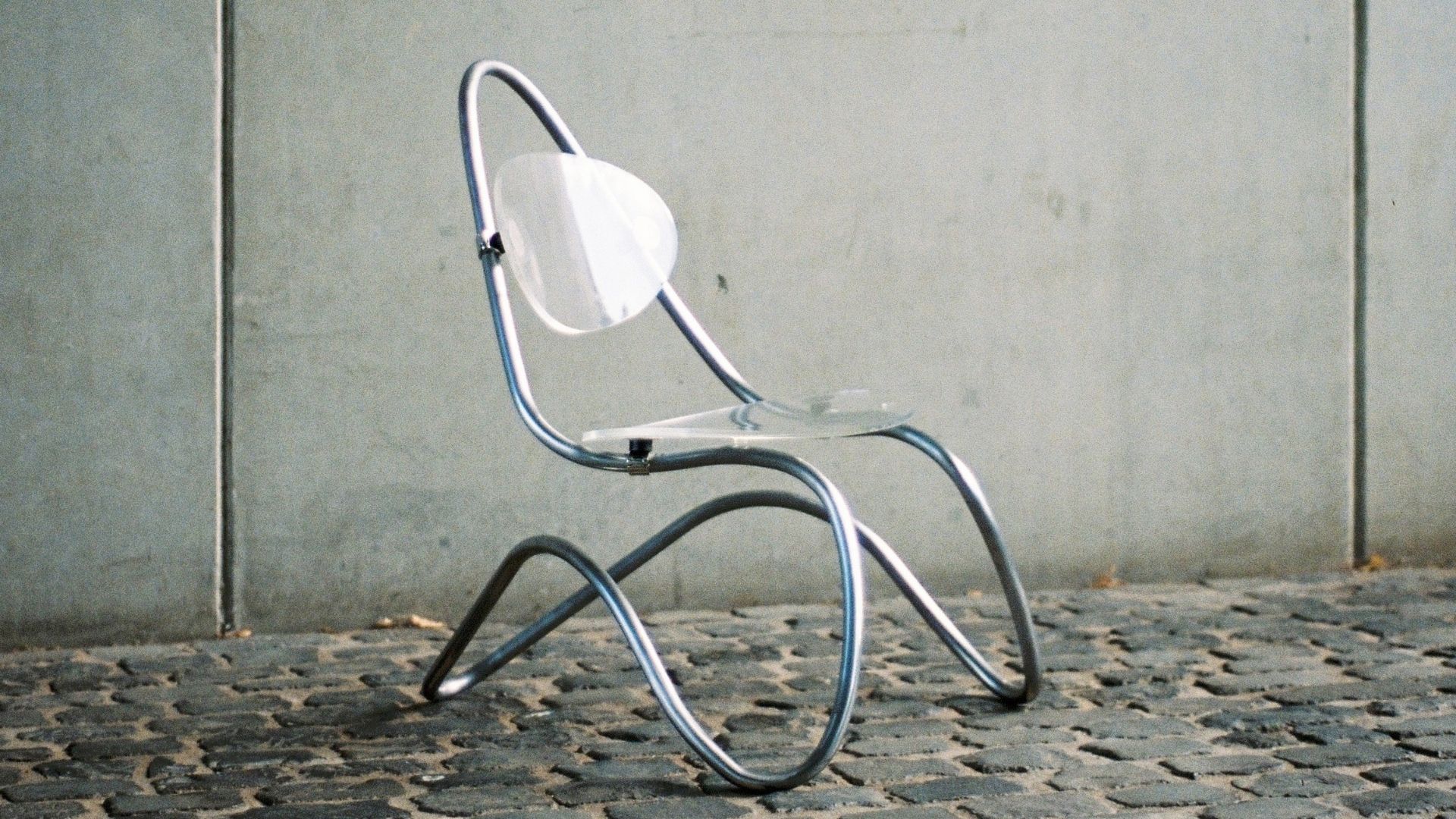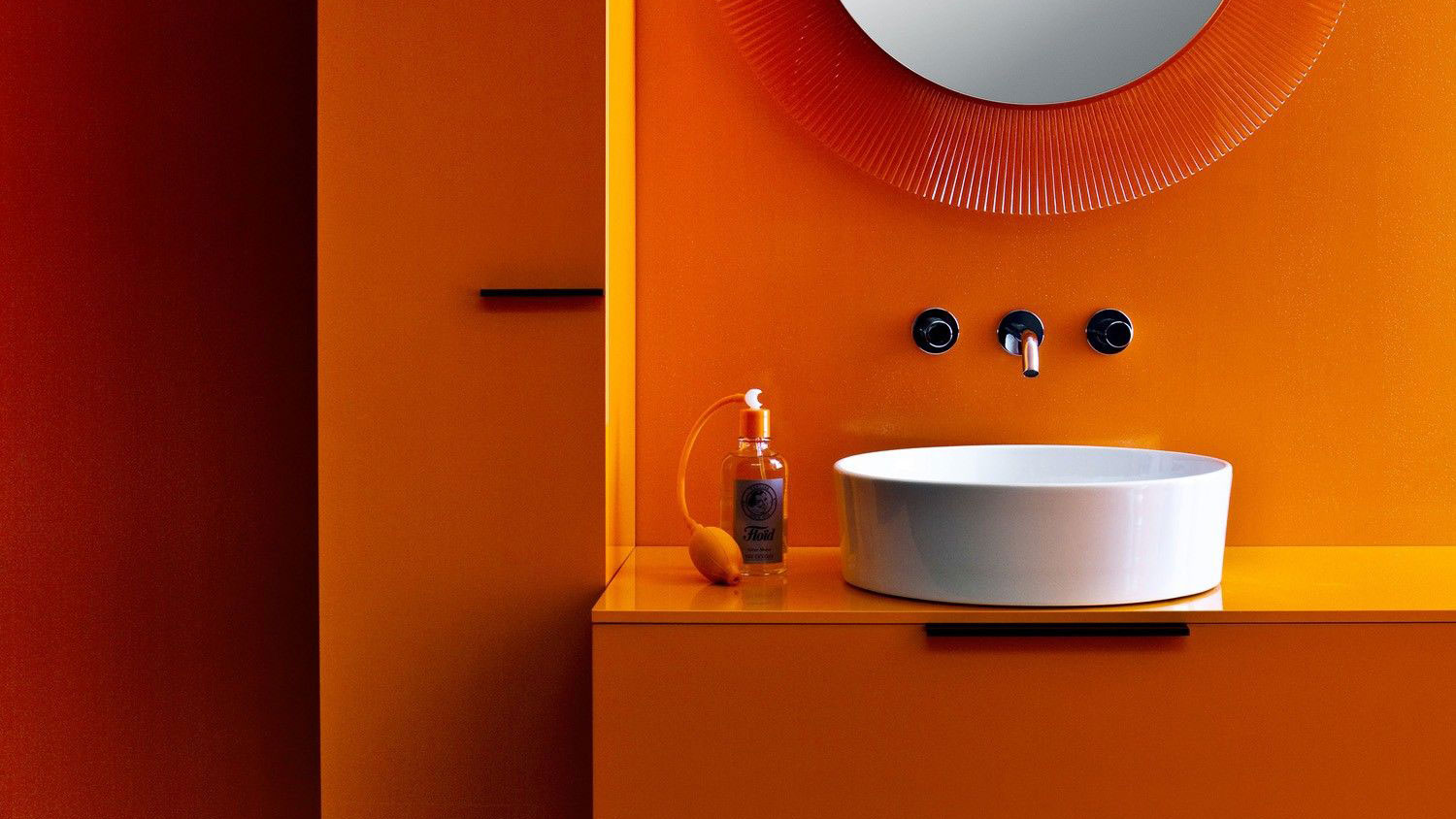Design iteration: the Eames Wire Chair
Designed by Charles and Ray Eames out of welded steel, the Wire Chair is a unique iteration in a continuous shell chair evolution

An icon of the Eames furniture, the Wire Chair represents the disinterest in superficial aesthetics and an agnostic approach to material.
The integrity of the form, function, and context, allowed this shell chair concept to evolve over time.
What once started as a single-form plywood shell and stamped metal, then turned into fiberglass and finally became a bent steel wire seating.

Charles and Ray Eames, the creative minds behind the Wire Chair
With distinguished curiosity and boundless enthusiasm for creation, Charles and Ray Eames are known as a truly great husband-and-wife design team.
Their unique approach led to a whole new look in furniture.
The idea to create a lightweight, one-piece chair shell dates back to 1939 when Charles Eames and Eero Saarinen began experimenting with plywood chair shells.
Later in 1941, Charles and Ray Kaiser got married and the couple picked up these experiments at the Eames studio in Venice, California.
The revolutionary molded plywood led to their breakthrough work in fiberglass seating, followed by experimentation with bent and welded steel wire.
The Eames’s concepts evolved over time, not overnight.
As Charles noted about the development of the Molded Plywood Chairs, “it was a flash of inspiration,” he said, “a kind of 30-year flash”.

The Wire Chair, a lightweight design
With each new form, finish, and configuration, the Eames continued to push the boundaries of what the organically shaped one-piece seat shell design could be.
The Wire Chair was designed in the 1950’s, when inspired by trays, dress forms, and baskets, they started experimenting with bent and welded steel wire, developing a number of pieces, including the wire version of the single-shell chair.
Combining transparent lightness with technological sophistication, the Wire Chair has no upholstery, but it has the options to add a seat cushion or a two-piece seat and back cushion known as the ‘bikini pad’ due to its shape.
Another striking feature of the Eames Wire Chair is the so-called Eiffel Tower base, integrated into formal and optical harmony with the organic seat shell.

The Wire Chair was originally produced by Herman Miller, the American furniture manufacturer.
In 1953, the Vitra company founders discovered the Eames chairs in a New York store window and they decided to secure the European production licenses, making Vitra the only licensed manufacturer of Eames’ furniture designs in Europe and Asia.
In 2014, Vitra released a version of the Wire Chair in a powder-coated finish, making it suitable for both outdoor and indoor use.
If you are curious to know more about Vitra, don’t miss the story of this iconic design brand.

A mid-century creation
The furniture designs of the Eames’s are rooted in the functionalism of American modernism in the 1950s postwar period.
Matching the needs of the people of their time and often experimenting with advanced production methods and new materials, Charles and Ray Eames developed clear, functional designs.
With its unmistakable character, the Wire Chair reminds us of the mid-century popular culture that brought decorative elements to the forefront.
With its cool, shiny steel wire and “lascivious” bikini shaped padding, the Wire Chair remains as an unquestionable style icon representing the American pop culture.

A chair for every place
Although the Wire Chair is often attributed solely to the designer couple Charles & Ray Eames, their friend Harry Bertoia, designer of the famous Diamond Chairs, had an influence on the work for his knowledge and understanding of metal processing.
Nevertheless, the Eames created a universal response to what everyone wants from a chair: a simple, gracious form that fits any body and every place.

Considering its durability and timelessness, the Wire Chair is an iconic object that can and will be enjoyed for generations to come.
If you want to know more about iconic personalities in design, don’t miss the story of Philippe Starck.










